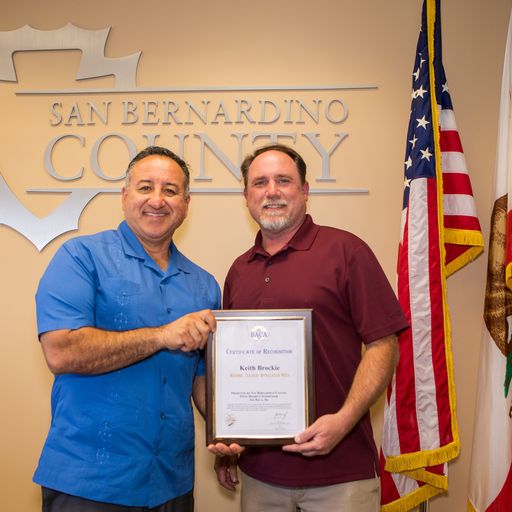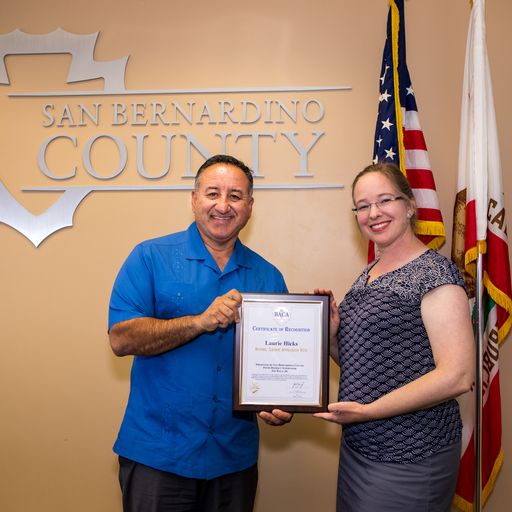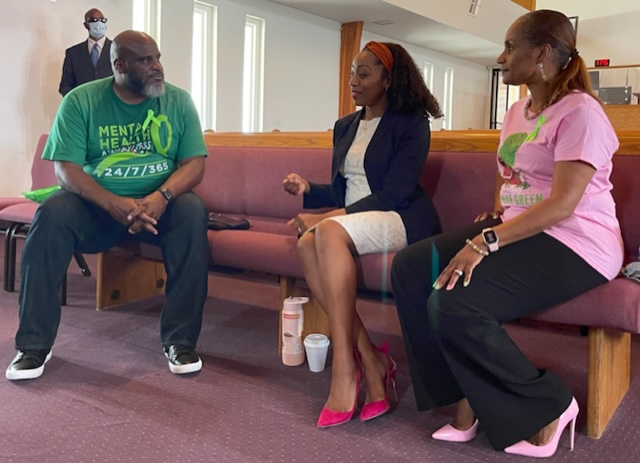By Joe W. Bowers Jr. | California Black Media
Primaries will be held June 7 for four positions on the California Board of Equalization, all 80 seats in the State Assembly, and 20 State Senate seats. Half of the 40 State Senate seats are subject to election every two years. The 20 even numbered districts are on ballots this year.
California Black Media (CBM) is reporting that no Black candidates are running for the Board of Equalization. Malia Cohen, current Board Chair and the first Black woman elected to the Board, is passing up a re-election bid to continue representing District 2 to run for State Controller instead.
There are five Black candidates running for two State Senate seats. Four are Democrats and one is a Republican. Three candidates are women and two are men.
Twenty-two Black candidates are on ballots for 18 State Assembly contests. Twenty candidates are Democrats and two are Republicans. Eight candidates are women and 14 are men. Nine races involve incumbents, and eight incumbents are Black. Three Black incumbents are running unopposed. Two Assembly seats are being contested by more than one Black candidate.
Although African Americans are 5.8% of California residents and 7% of the voting-eligible population, Black candidates are on ballots for 10% of the Senate races and 22.5% of the Assembly races.
State Senators represent an average of 988,455 residents and Assemblymembers represent an average of 494,227 residents. After the redistricting done following the 2020 US Census, African Americans no longer exceed 40% of the population in any district. Three Senate districts and five Assembly districts have African American populations exceeding 20%.
Black candidates running for State Senate are:
Republican Gregory Tatum is a pastor, U.S. Army veteran and avionics technician. He is running to represent Senate District 16 (Bakersfield). State Senator Melissa Hurtado who currently represents District 14 is in this race because redistricting changed her district boundaries. This district is predicted to be a tossup for the two Republican and three Democrats on the ballot.
Four Black Democratic candidates are running to represent Senate District 28 (Los Angeles). Jamaal A. Gulledge is a public servant. Kamilah Victoria Moore, chair of the California Task Force to Study and Develop Reparations proposals for African Americans, has no ballot designation. Lola Smallwood-Cuevas is an educator and community organizer. Cheryl C. Turner is a Civil Rights Lawyer. Five candidates are on the ballot. This is a solid Democratic district.
Black candidates running for State Assembly are:
Democrat Kevin McCarty is an Assemblymember representing District 7 (Sacramento). Due to redistricting, he is running to represent District 6 (Sacramento). He has four opponents. This is a solid Democratic district.
Two Black candidates are competing to represent Assembly District 10 (Elk Grove). Democrat Tecoy Porter is a pastor, educator and nonprofit director. Republican Eric M. Rigard is a retired businessman. Five candidates are on the ballot. This is a solid Democratic district. No incumbent is on the ballot.
Democrat Lori D. Wilson is listed on the ballot as a Democratic Mayor and Finance Director running to represent Assembly District 11 (Vallejo). Recently, she won a special election to represent District 11, making her the incumbent. She has one opponent. This is a solid Democratic district.
Democrat Ida Times-Green is a School Board Trustee. She is Board President of the Sausalito-Marin City School District and is running to represent Assembly District 12 (Marin). She has three Democratic rivals. This is a solid Democratic district. No incumbent is on the ballot.
Democrat Mia Bonta is the Assemblymember representing District 18 (Oakland). She is running for re-election unopposed. This is a solid Democratic district.
Democrat Jennifer Esteen is a Psychiatric Registered Nurse. She is on the ballot to represent Assembly District (20) Alameda. Her opponents are two Democrats and a Republican. This is a solid Democratic district. No incumbent is on the ballot.
Democrat Maurice Goodman is a San Mateo County Community College District Trustee. He is running to represent Assembly District 21 (San Mateo). He is running against five Democrats and a Republican. This is a solid Democratic district. No incumbent is on the ballot.
Democrat Jon Wizard is a Councilmember and Housing Policymaker. He is running to represent Assembly District 30 (San Luis Obispo). He is running against three Democrats and a Republican. This is a solid Democratic district. No incumbent is on the ballot.
Democrat Marlon G. Ware is a University Professor and Director. He is also a retired US Marine officer. He is running to represent Assembly District 36 (Imperial). He has two opponents. Assemblymember Eduardo Garcia (D) currently representing the 56th Assembly District is on the ballot for this seat due to redistricting. This is a solid Democratic district.
Democrat Chris Holden is an Assemblymember representing District 41 (Pasadena). He is running for re-election unopposed. This is a solid Democratic district.
Democrat Jamie Swain is a truck driver and businesswomen. She is running to represent District 47 (Palm Springs). Her opponents are two Republicans and a Democrat. There is no incumbent on the ballot. This race is judged to be a tossup between the Republicans and Democrats.
Democrat Isaac G. Bryan is the Assemblymember representing District 55 (Los Angeles). He is the incumbent and has one opponent, a Republican. This is a solid Democratic district.
Democrat Reggie Jones-Sawyer is the Assemblymember representing District 57 (Los Angeles). He is running for re-election unopposed. This is a solid Democratic district.
Democrat Corey A Jackson is a Riverside County Board of Education member. He is running to represent Assembly District 60 (Moreno Valley). He has three opponents. This is a solid Democratic district. No incumbent is on the ballot.
Three Black candidates are running to represent Assembly District 61 (Inglewood). Democrat Tina Simone McKinnor is Non-Profit Director and businesswoman. Democrat Robert Pullen-Miles is Mayor, City of Lawndale. Republican James Arlandus Spencer is an Environmental Consultant. Five candidates are on the ballot. This is a solid Democratic district. No incumbent is on the ballot.
Democrat Mike Anthony Gipson is the Assemblymember for District 65 (Compton). He is running for re-election against one opponent. This is a solid Democratic district
Two Black candidates are on the ballot to represent Assembly District 69 (Long Beach). Democrat Al Austin II is a Long Beach Councilmember. Democrat Janet Denise Foster is a Healthcare Administrator. Four Democratic candidates are running for the seat. This is a solid Democratic district. No incumbent is on the ballot.
Democrat Akilah Weber Democratic State is an Assemblymember and Doctor. She represents Assembly District 79 (La Mesa) and is running for re-election against two Republican opponents. This is a solid Democratic district.
In each contest for Senate and Assembly seats the two candidates receiving the most votes in the June 7 primary will move on to the November 8 general election.
 Westside Story Newspaper – Online The News of The Empire – Sharing the Quest for Excellence
Westside Story Newspaper – Online The News of The Empire – Sharing the Quest for Excellence


